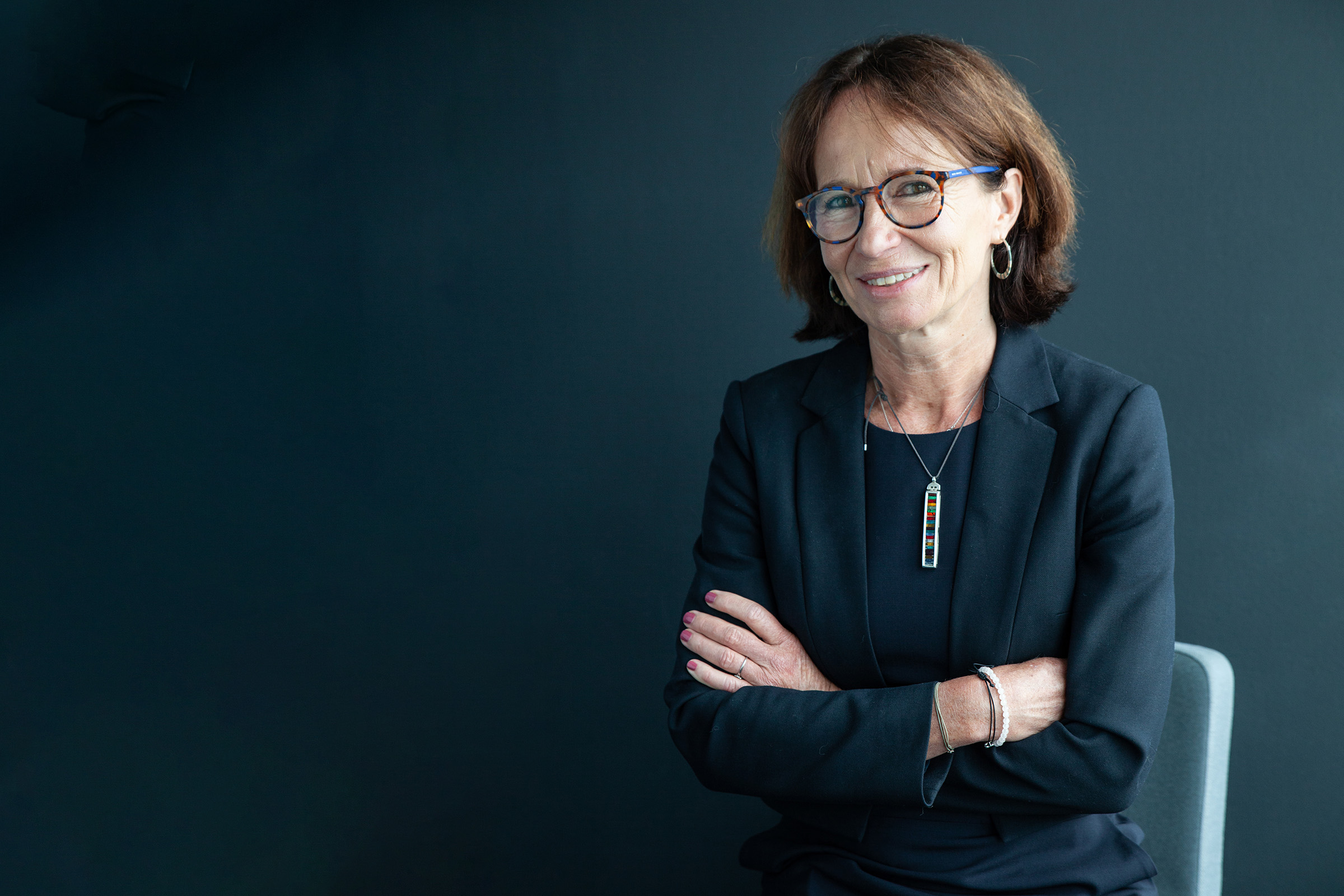The year 2018 was considered a critical period of time for dtac due to the transition from concession to licensing regime, resulting in lawsuits, a loss of customer confidence and internal uncertainty.
However, the 29-year-old company passed through this tough time, solving its spectrum issues by securing a combination 5 MHz each on 1800 MHz and 900 MHz spectra worth more than 50 billion baht—in addition to 60 MHz on 2300 MHz operated in partnership with TOT.
Not only the industry transition concluded successfully, but also the company embraced it as an opportunity for deep changes. Alexandra Reich was appointed as the new CEO of dtac with the objective of stopping five years of falling market share and revenue.
Fixing the experience
“Spectrum is a part of short-term direction, but the biggest part is to solve network experience. We found that network experience has been deteriorating. It’s not only the increasing number of complaints, but also the number of loyal customers porting out that has increased. We’re now very focused on improving the network experience by setting up a dedicated team, focusing on network quality and fixing all the problems our customers report,” said Mrs. Reich.
That is why dtac revised its bonus target criteria from revenue-based to customer satisfaction-based targets: a higher network net promoter score, no more decline in the number of active callers and a lower number of customer complaints. For example, dtac now works closely with vendors in a newly-established war room to quickly identify and resolve network issues. Changes to billing procedures have also reduced complaints by 22 percent during the last three months of 2018.
“It’s not just one problem but a number of problems. It needs a bit more time to address all of them and make dtac great again,” she added.
An era of shared values: Brand Purpose
Ms. Reich points out that dtac had fallen prey to inconsistent execution, which was a threat to dtac’s turnaround plan. That is why dtac needs a significant driving force in shaping the brand-customer relationship or “Brand Purpose” to fix company’s uncertainties, uneven execution, message to market, brand characters and also behavior. In doing so, dtac also wishes to be more open and transparent.
“To become very consistent, we should define what dtac really stands for today and in the future. It’s the reason why dtac exists in the market. What we want is to be seen but also understand what customers want. It’s the core essence of everything, not just a marketing claim. And that’s brand purpose,” Ms. Reich reiterated.
Purpose-led business is very customer centric. She believes it is a very important business pillar, encouraging us to do everything aligned with this brand purpose; whether strategy, marketing, product portfolios, marketing communications, etc. This will lead dtac to a more consistent company as the entire company has a clear direction that shares together.
Developing a brand purpose will guide the company to see market opportunity in a holistic view, which includes new portfolios in prepaid and postpaid as well as a new ecosystems built around it. Thus, this year will become more consistent. The way the dtac brand talks to customers and the way company works with partners—distribution, content partnership and over-the-top service providers—will potentially broaden dtac portfolios beyond mobile connectivity.
“Although brand purpose is conceptual, everyone in dtac will need to make it more tangible through proof point,” said Ms. Reich.
Currently, the first phase of developing brand purpose has been finalized and will be announced on Jan 21. After that, the full engagement of the entire company will be begin with ideation workshops and hackathons, aimed at bringing the brand purpose into customers’ lives.
“Brand purpose is like a platform, allowing you to develop your own ideas to make dtac better. Postpaid teams have to build portfolios with their respective product. Everybody in the company has to work on it. We also work cross-functionally to develop some differentiations and innovative ideas,” the CEO said.
During the development process of brand purpose, there will be gatekeepers who guide and ensure that our actions reflect the soon-to-be announced brand purpose, making it more visible and credible. Eventually, everyone is expected to connect to dtac’s brand purpose, both internally and externally.
The race to the future
The tangible outcomes emerging from the brand purpose will be built around a mobile-only operator and potentially fixed wireless broadband as well as future technology like the fifth generation of mobile services or 5G.
“I personally believe that FMC (fixed-mobile convergence) is not something needed from the customer point of view. FMC brings a lot of complexity plus disadvantage for customers,” said Ms. Reich.
With the forthcoming 5G, life connectivity will become a lot easier thanks to mobile subscription that allows users more flexible. With virtualization, the idea of convergence will become obsolete, as customers expect more choice and flexibility when connecting at home or on the move.
“5G will allow everything to be mobile-only,” said Ms. Reich. “And to stay relevant, we will need to delight our customers every step of the way.”

